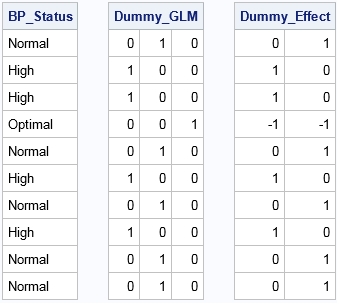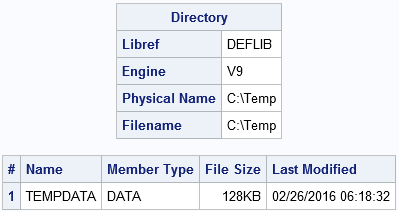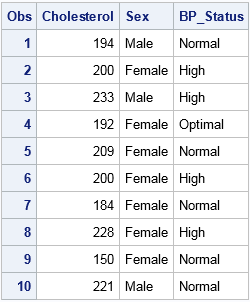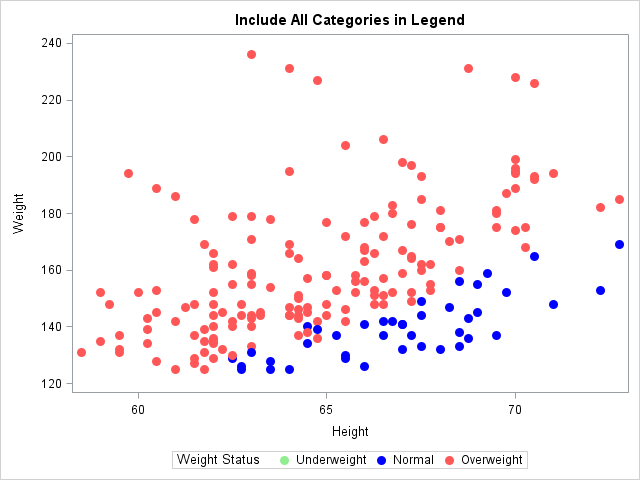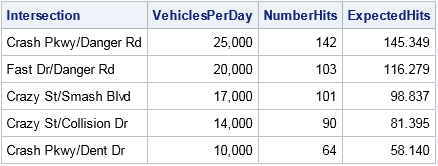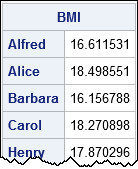
Most SAS regression procedures support the "stars and bars" operators, which enable you to create models that include main effects and all higher-order interaction effects. You can also easily create models that include all n-way interactions up to a specified value of n. However, it can be a challenge to


